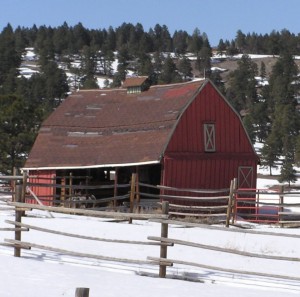
Flashback
It all goes back to that well-known institution of higher learning, Purdue University. It was the time of World War II and telephone communication with other scientists concerning particle physics was a touchy subject.
Secrecy was vital, so mundane terms had to be used to replace easily identifiable technical terms. You see, the subject involved the cyclotron and the U.S. Government’s interest in nuclear affairs.
Background
In the cyclotron, an atomic fragment or subatomic particle is sped up to tremendous velocities approaching the speed of light, like super-powered bullets fired from a pistol. These bullets or particles are aimed to strike a target, which consists of special atoms. The target atoms are changed by the violent encounter. Now, the probability of these very tiny bullets striking the atoms of the target was an important consideration; size mattered; size involves cross-sectional area.
Definition of Terms
What is cross-sectional area? Let’s demonstrate. Take an ordinary piece of printer paper and cut out a square 2.0 cm by 2.0 cm, the cross-sectional area of that piece of paper is its length times its width, or (2 cm) x (2cm) = 4.0 cm2 (square centimeters). Now, to physicists, an important cross-sectional value is the rather large area (to them) of 10-24 cm.2
Get on the Scale
Now this number, for most of us, would seem to be extremely small—it is written out in longhand, 0.000000000000000000000001 cm.2 To particle physicists dealing with tiny fractions of this number, it is comparatively large. To them it is “as big as a barn.” Hence, this area was dubbed 1.0 barn. Why not simply go with centimeters? What is the need of the barn? Using the barn appeals to the mind and is less cumbersome. Is it easier to describe and to understand a distance between two cities as 137 miles, or as 723,360 feet apart?
Sense of Humor: Where’s the Beef?
Well, wherein lies the humor of the scientist in all this? Remember we’re dealing with geeks here. They decided to define a couple of other values while they were at it. These they called the “shed” (10⁻48 cm2) and the “outhouse” (10⁻30 cm²). The shed and the outhouse are never actually used in practice. Apparently they were just for fun. Scientists do, indeed, have a sense of humor. Sick, perhaps, but they do have one.
Note: You might also enjoy Quirky Joke: The Indian Mathematician
References:
- Purdue University: A History of Physics at Purdue: The War Period (1941-1945)
- Princeton University: Barn (unit)